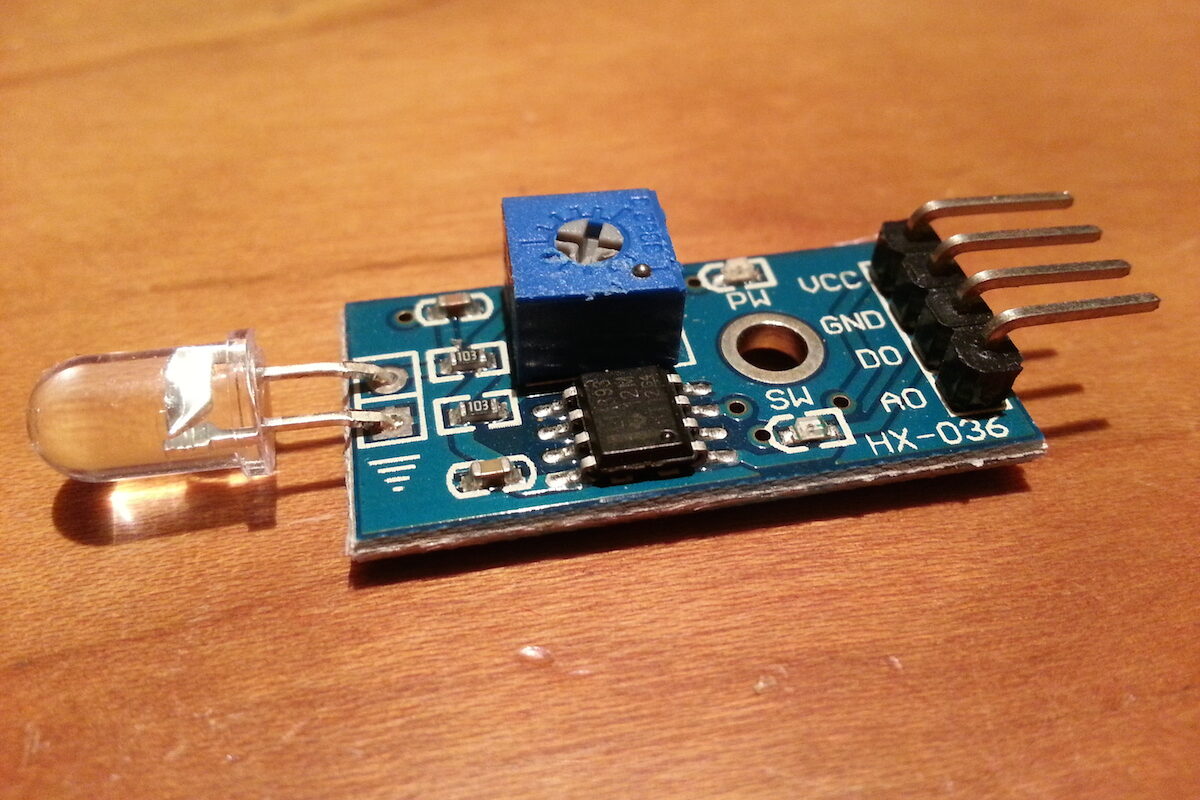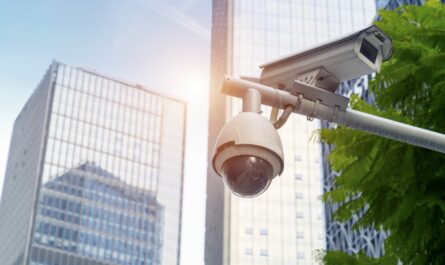Light sensors have come a long way since their inception and are now integral components in many electronic devices. These sensors enable machines to see and understand their surroundings similar to human vision. In this article, we will understand what light sensors are, the different types of light sensors available and their applications.
What are Light Sensors?
A light sensor is an electronic device that is used to detect and measure the amount of light that falls on its photosensitive surface. It converts the light intensity into an electrical signal whose magnitude depends upon the amount of light detected. Almost all light sensors are based on the photoelectric effect where light falling on a semiconductor material excites electrons to generate a voltage or current.
The two main elements of a Light Sensors are the photosensitive semiconductor material and electrical components to convert the light signal into a usable electronic signal. Common photosensitive materials used are silicon, cadmium sulfide, cadmium selenide etc. depending on the wavelength range and application. The electronic circuitry then amplifies this signal for it to be measured or processed for various purposes.
Types of Light Sensors
There are different types of light sensors available based on their technology, wavelength range and application:
Photo resistors/Photocells: One of the simplest light sensors, a photo resistor or photocell changes its resistance when exposed to light. They are made of cadmium sulfide or cadmium selenide and have a wide detection range from visible to infrared. Due to their low cost, they are commonly used in outdoor light detectors, digital cameras etc.
Photo diodes: A photo diode has a PN junction which generates current when light hits its surface. They have fast response, small size and low cost. Based on the material used, photo diodes can detect specific wavelength ranges from UV to infrared. Widely used in optical mice, barcode readers, smoke detectors etc.
Photo transistors: Very similar to photo diodes but provide higher current gain. They are commonly used where an amplified light signal is required like optical remote controls, lux meters etc.
Image sensors: These advanced light sensors contain an array of photo sensitive pixels or photosites to detect light at individual points and reconstruct images. CMOS and CCD image sensors are the most common types used in digital cameras, phones, medical imaging etc. to capture visual information.
Applications of Light Sensors
Given their ability to detect light intensity, light sensors find wide use across many industries and applications:
– Ambient light and proximity sensors: Used in smartphones, tablets and laptops to adjust display brightness based on surrounding light conditions and detect presence of objects near the screen.
– Security systems: Optical sensors are used in motion detectors, CCTV cameras, facial recognition etc. to trigger alarms on detecting any disturbances.
– Industrial automation: Photo electric sensors are used for presence detection, object counting, color sorting etc. in manufacturing processes.
– Medical equipment: Photo sensors enable technologies like pulse oximetry, blood sugar monitoring and endoscopy cameras used in diagnosis and treatment.
– Automotive applications: Light barriers ensure safety in automatic doors and gates. Rain and brightness sensors control wipers and headlights respectively based on driving conditions.
– Consumer appliances: Sensors enable features like auto-focus in cameras, night mode in security cameras based on available light levels.
Advancements in Light Sensor Technology
Continued research and developments have led to light sensors with improved performance specifications year after year:
– Smaller pixel sizes: Advances in semiconductor manufacturing allow fabricating sensors with pixels only few microns wide for enhanced resolution.
– Wider dynamic ranges: Recent sensors can accurately detect up to 200,000:1 intensity range from very dim to extremely bright conditions in HDR imaging.
– Multi and hyper-spectral sensors: Specialized sensors can discern specific wavelengths beyond normal visible range for applications like agriculture, food quality control etc.
– 3D and ToF sensors: Using time-of-flight principle, these new breed of sensors are able to capture depth information for applications in robotics, VR, augmented reality, biometric security etc.
– Faster response times: Sensors today have nanosecond response enabling highest speed imaging for applications like industrial inspection, ballistics research etc.
Conclusion
Light sensors have become the eyes of machines enabling diverse applications across various domains. Continuous advancements are making them smaller, smarter and more powerful. In future, we can expect perceiving abilities exceeding human vision with technologies like computational imaging and artificial intelligence taking sensor capabilities to new heights. Light sensors will surely remain at the forefront of technological progress empowering new innovations.
*Note:
1. Source: Coherent Market Insights, Public sources, Desk research
2. We have leveraged AI tools to mine information and compile it



